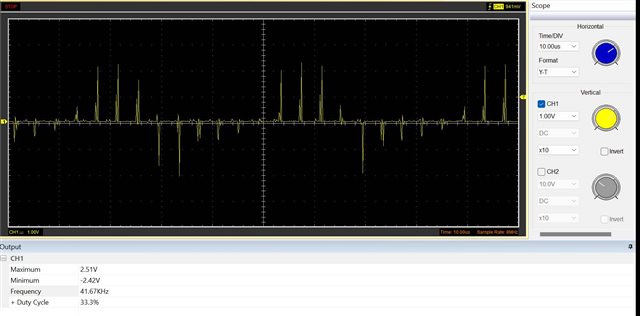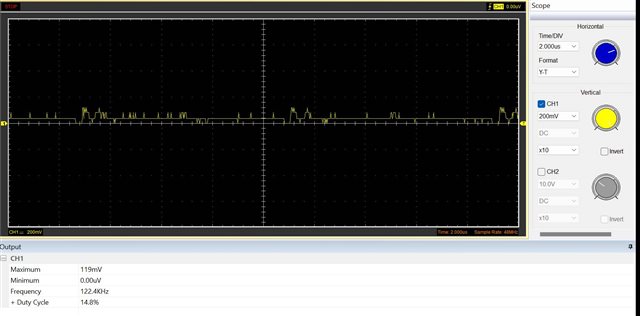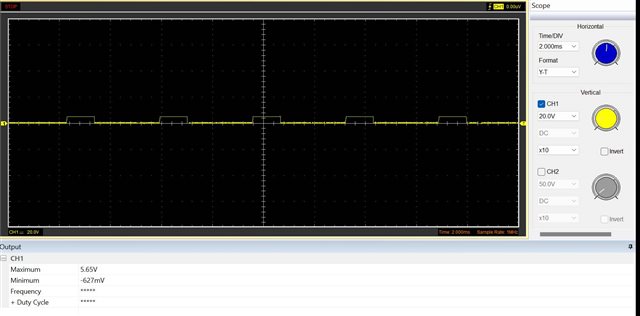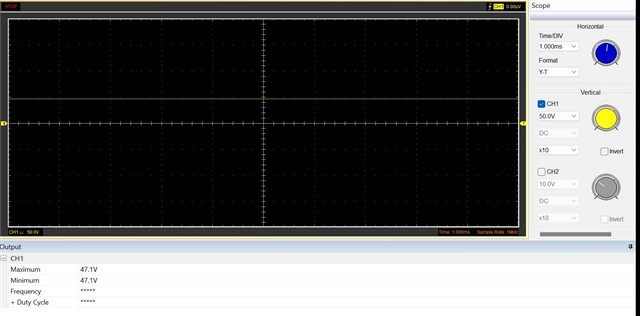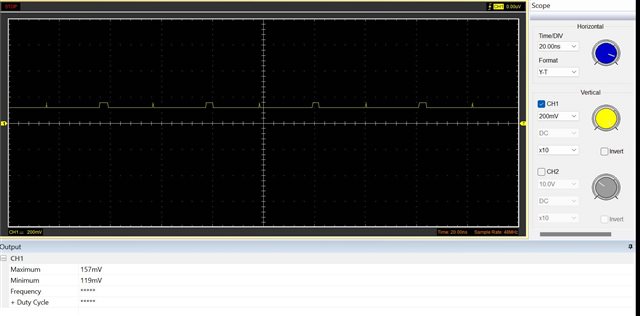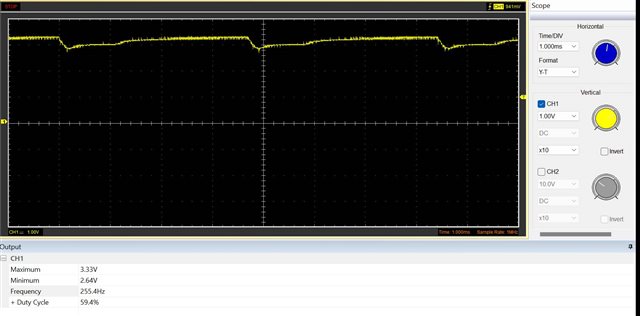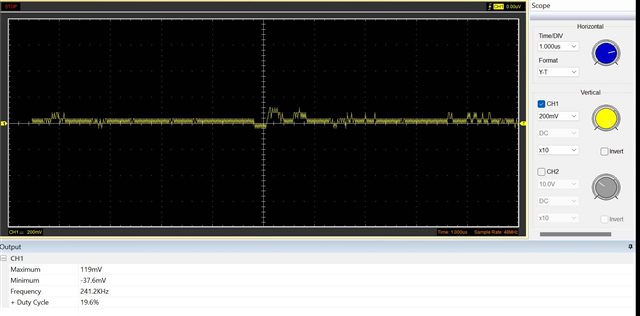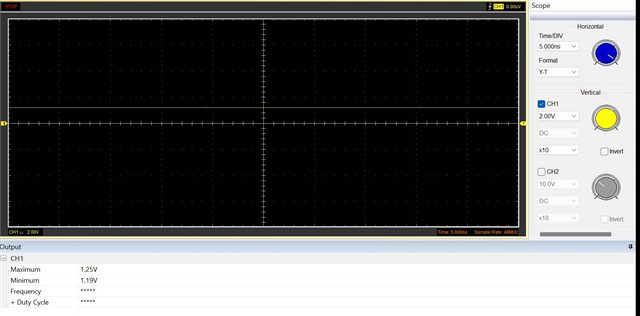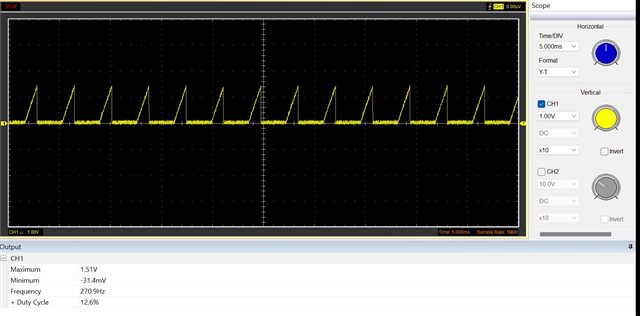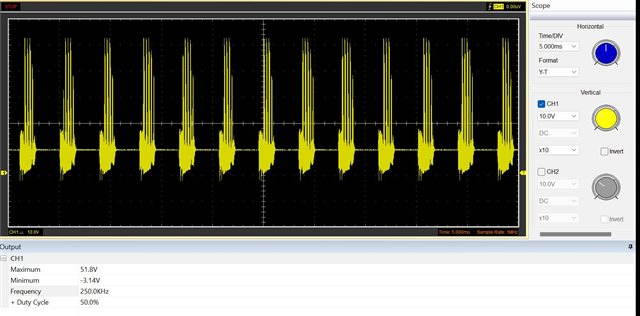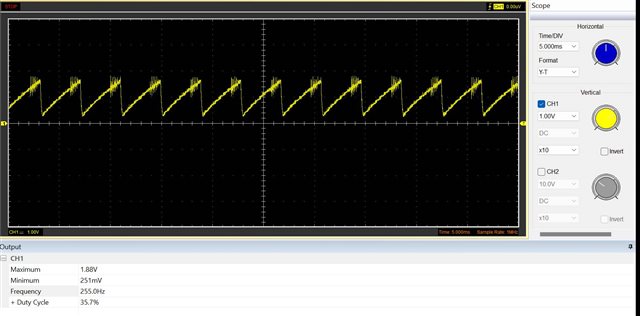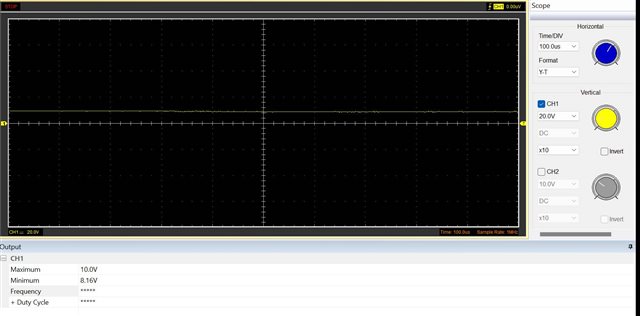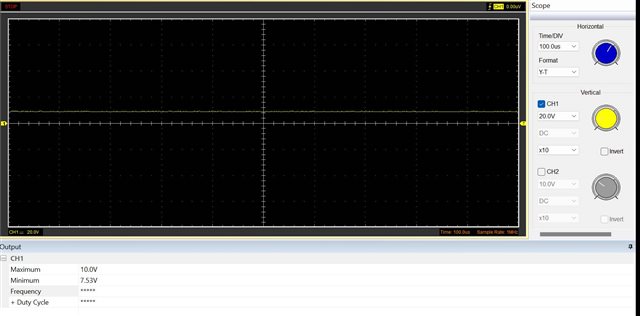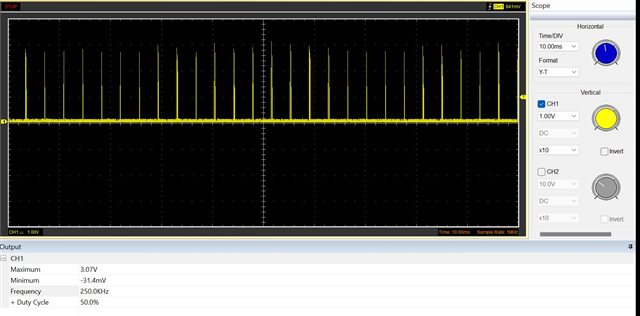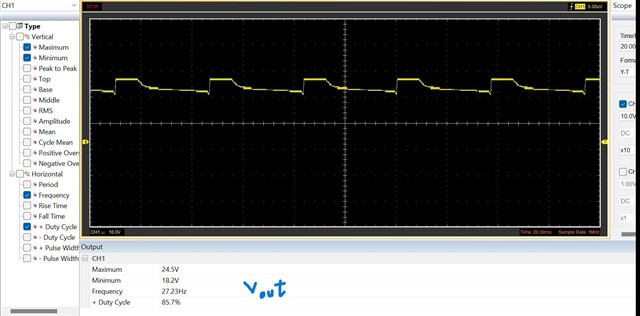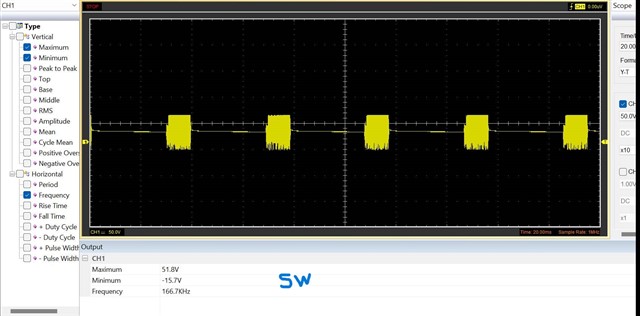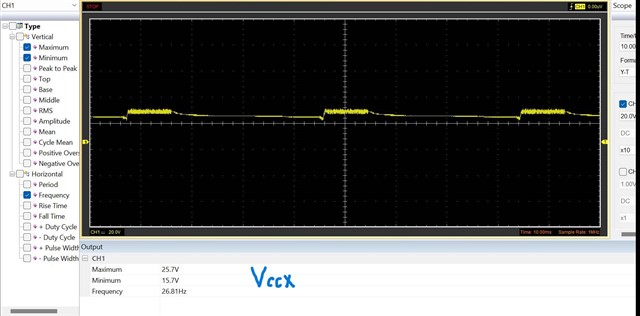Hello Eric,
I have a Vout voltage greater than the Abs Max of the VCC pin (24V). So based on our discussion, I think I will need to supply VCC externally (like 12V).
You suggested connecting the Ext VCC voltage to the VCC pin through a diode and removing the R_vccx resistor. It means I should not use the VCCX pin and it is connected to the
PGND.
On the other hand, I used to start up delay around 250ms to achieve a constant input (around 48 volts ) that it was created by the Enable pin.
It means before the 250 ms (during start-up), I have VCC>Vin. Do I need to place one diode between the Input voltage to the Vin pin of the LM5116?(like a pdf file)
if your answer is yes , Does the 1n4007 is okey ?or like the Evaluation board I used the CMPD2003 .
Thank you so much!
Leila



